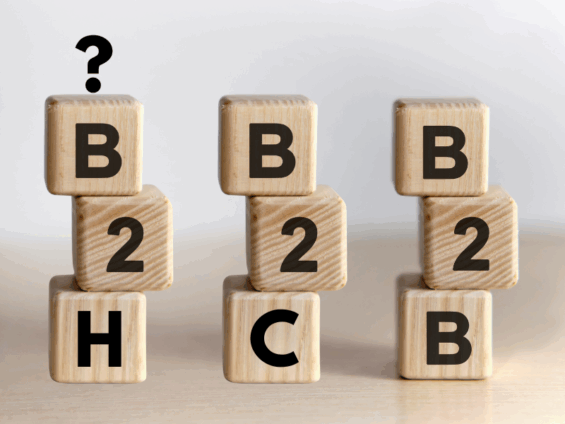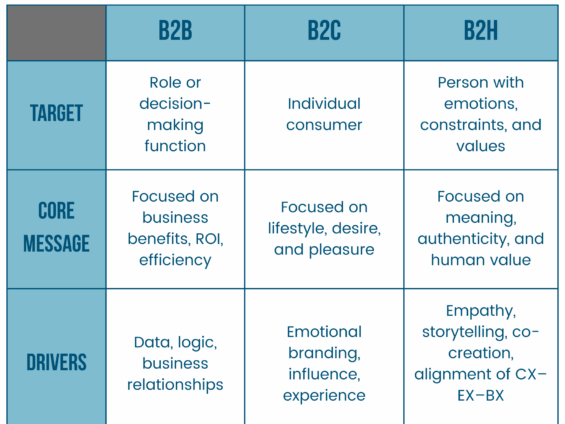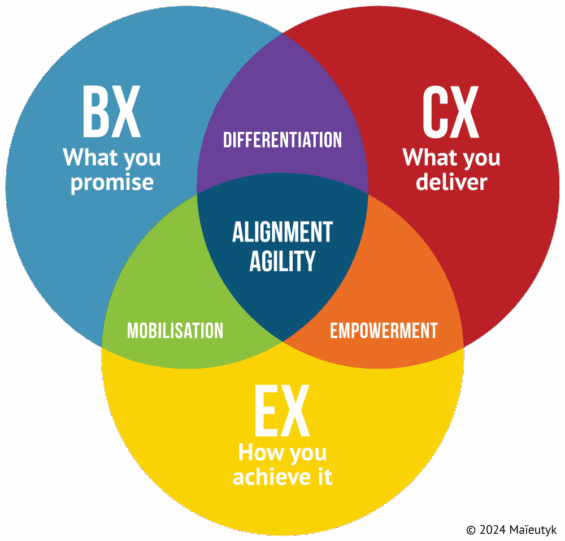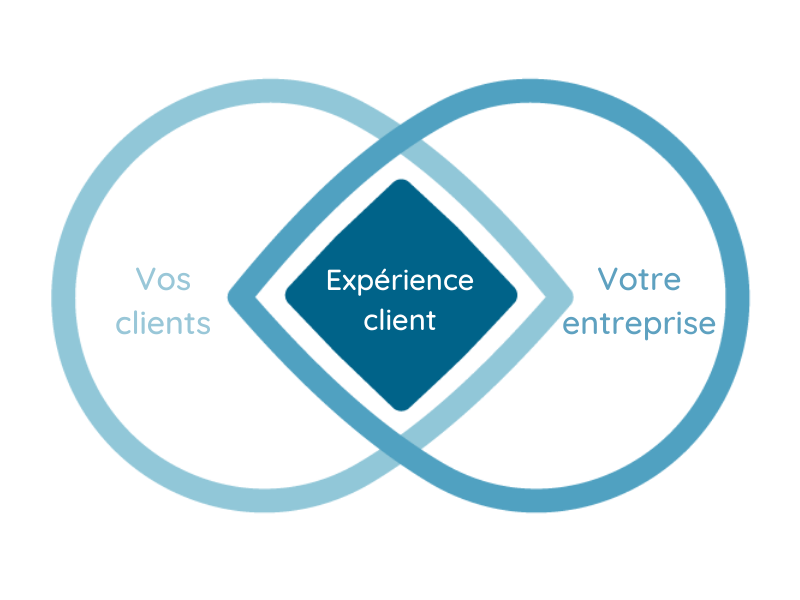What if true marketing wasn’t B2B or B2C… but B2H?

How to shift from a B2B/B2C strategy to a more human-centered approach (B2H)
Traditional marketing has long drawn a line between B2B (Business to Business) and B2C (Business to Consumer). Yet one truth remains: regardless of the label, you’re always speaking to a human.
That’s the foundation of B2H, or Business to Human. Here’s how to bring it to life in your marketing strategy in three steps.
1. Clarify what B2H really means
B2H is about placing people at the core of your strategy, whether you’re selling to a business or an individual. It means recognizing that every client or partner is a person with motivations, fears, limitations and aspirations.
B2B speaks to a role.
B2C speaks to a consumer.
B2H speaks to a person, in their full human complexity.
2. Use co-creation to activate collective intelligence
B2H is not a trend or buzzword. It’s a new way of approaching marketing by putting people back at the center of strategy, communication and experience.
Behind every business decision, signed contract or online purchase, there’s a person. Someone with expectations, pressure, concerns, intuition, and a real need to be heard.
It’s also about recognizing that the best ideas don’t always come from a top-down marketing plan. They often come from within: from your team, your customers and your partners. That’s where cocreation makes a difference. Through cocreation workshops, it becomes possible to align internal and external perceptions, clarify the value proposition and generate ideas grounded in real-world insights.
Here’s a simple example
A tech company sells an HR platform.
- In a classic B2B approach, it promotes system integration, ROI and cost reduction.
- In a B2H approach, it also understands that the HR manager wants to simplify their workday, better support their team and gain recognition for their impact.
The same product, but with a message grounded in human reality.

3. Align BX, CX and EX for a more cohesive strategy
At Maïeutyk, we look at three interconnected layers of experiences:
–Brand experience (BX) reflects what your organization stands for
–Customer experience (CX) reflects what your clients actually live and feel
–Employee experience (EX) reflects how your teams feel and contribute
A well-executed B2H strategy brings all three experiences into alignment. It clarifies your promise, energizes your team and delivers a customer experience that stays true to your brand values.

Why this matters now
Today’s marketplace is saturated. Attention is scarce. Loyalty is fragile. Brands that succeed are not necessarily the most visible. They are the most authentic, the most consistent and the most aligned.
In other words : They know how to listen.
They dare to involve others.
They create with people, not just for them.
Category
Share

